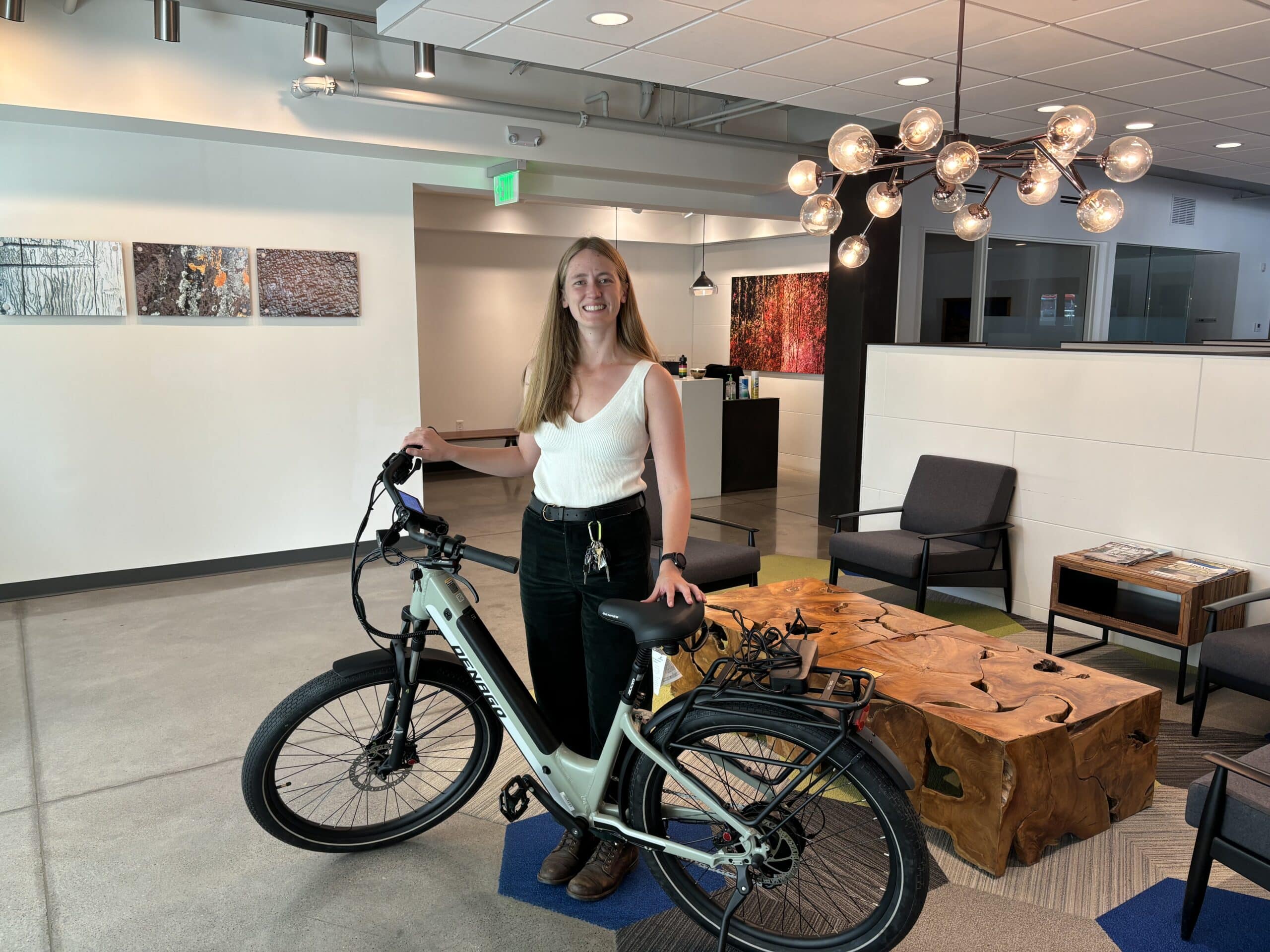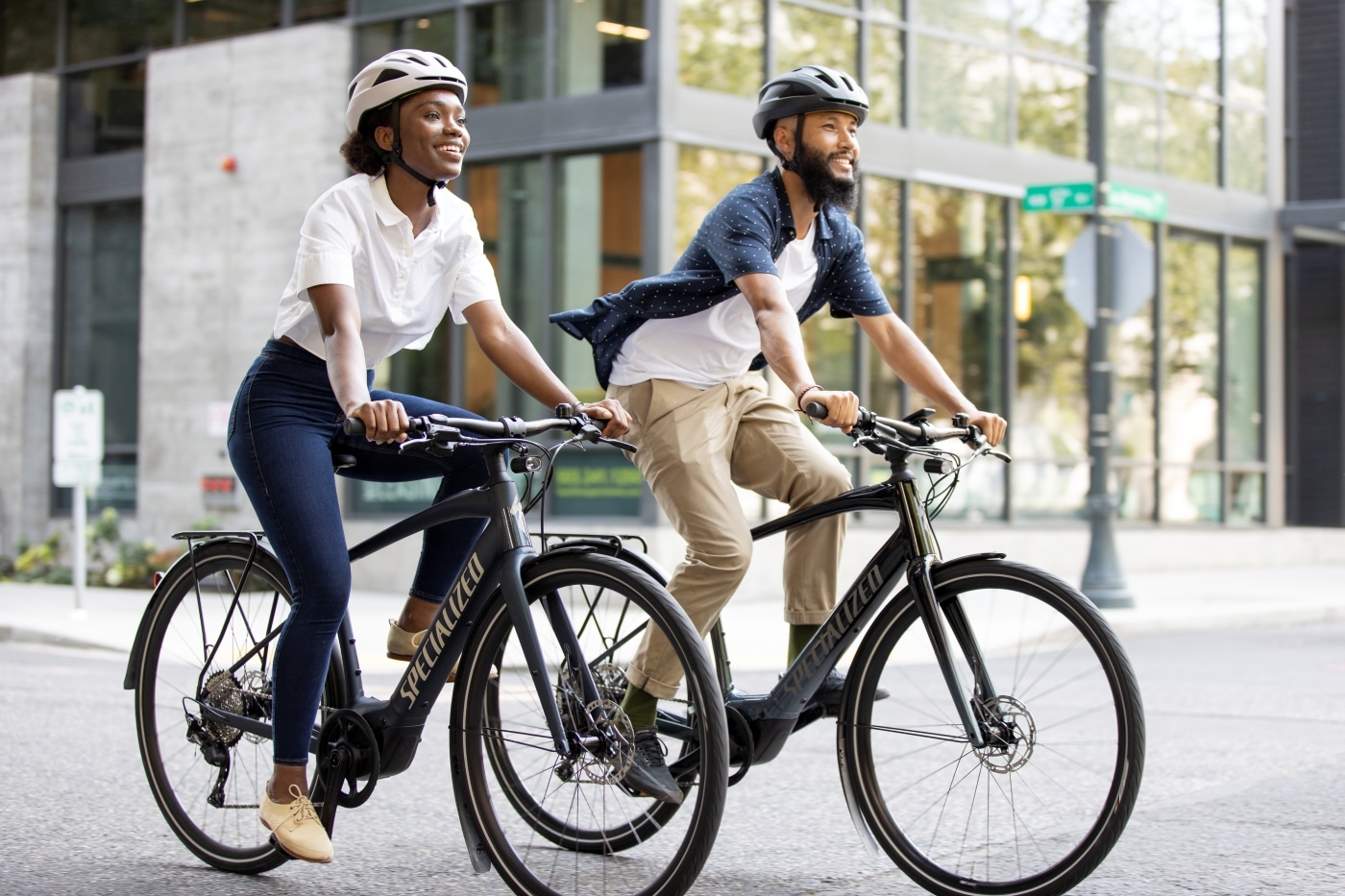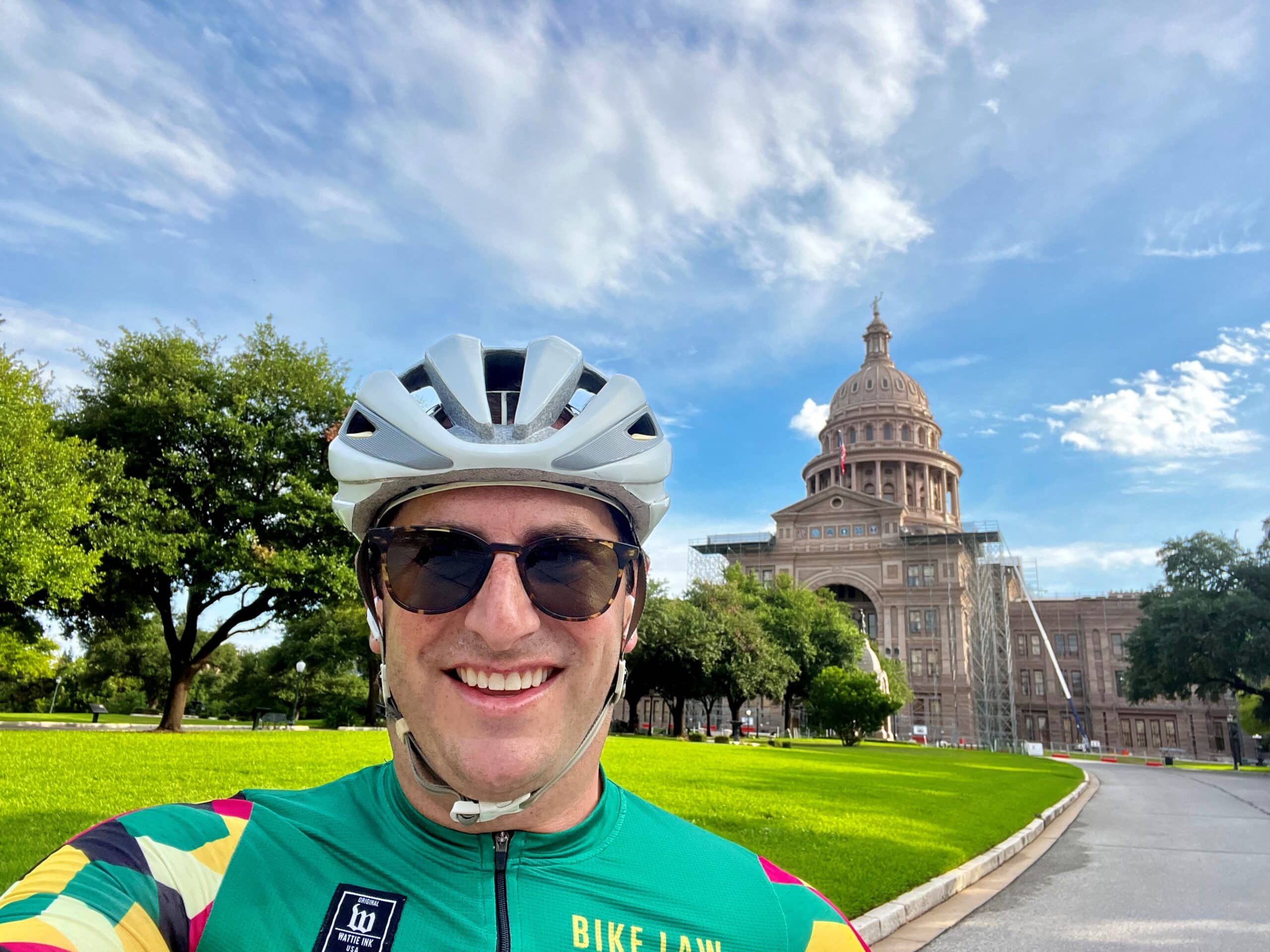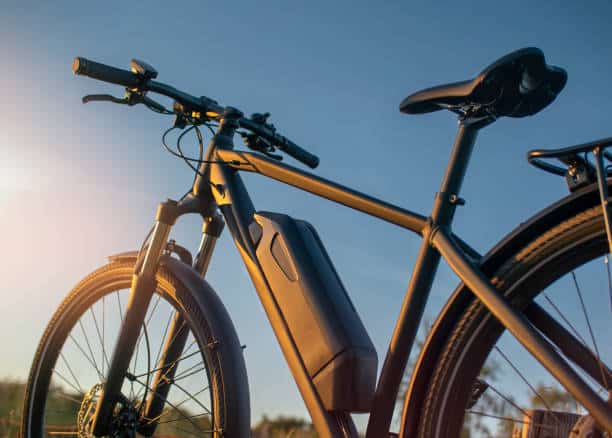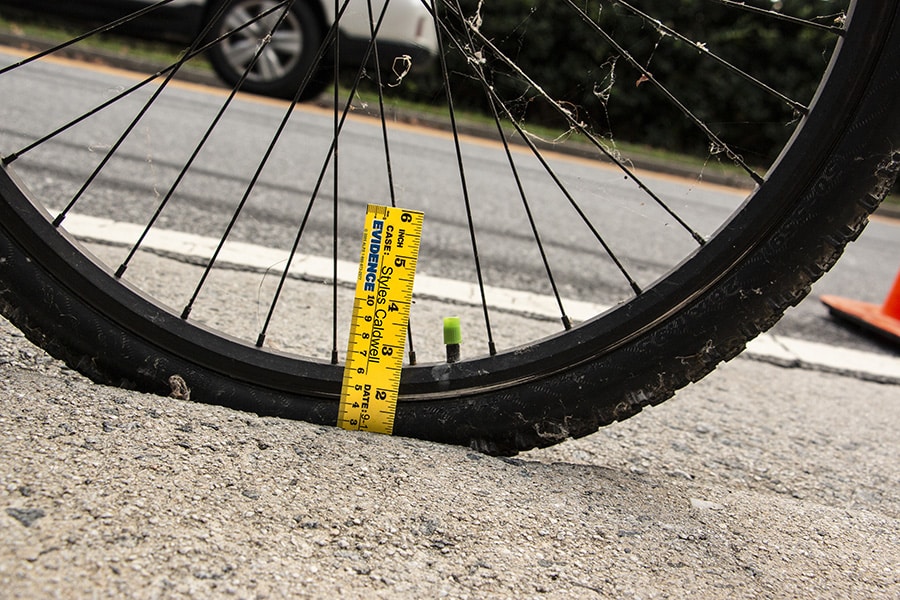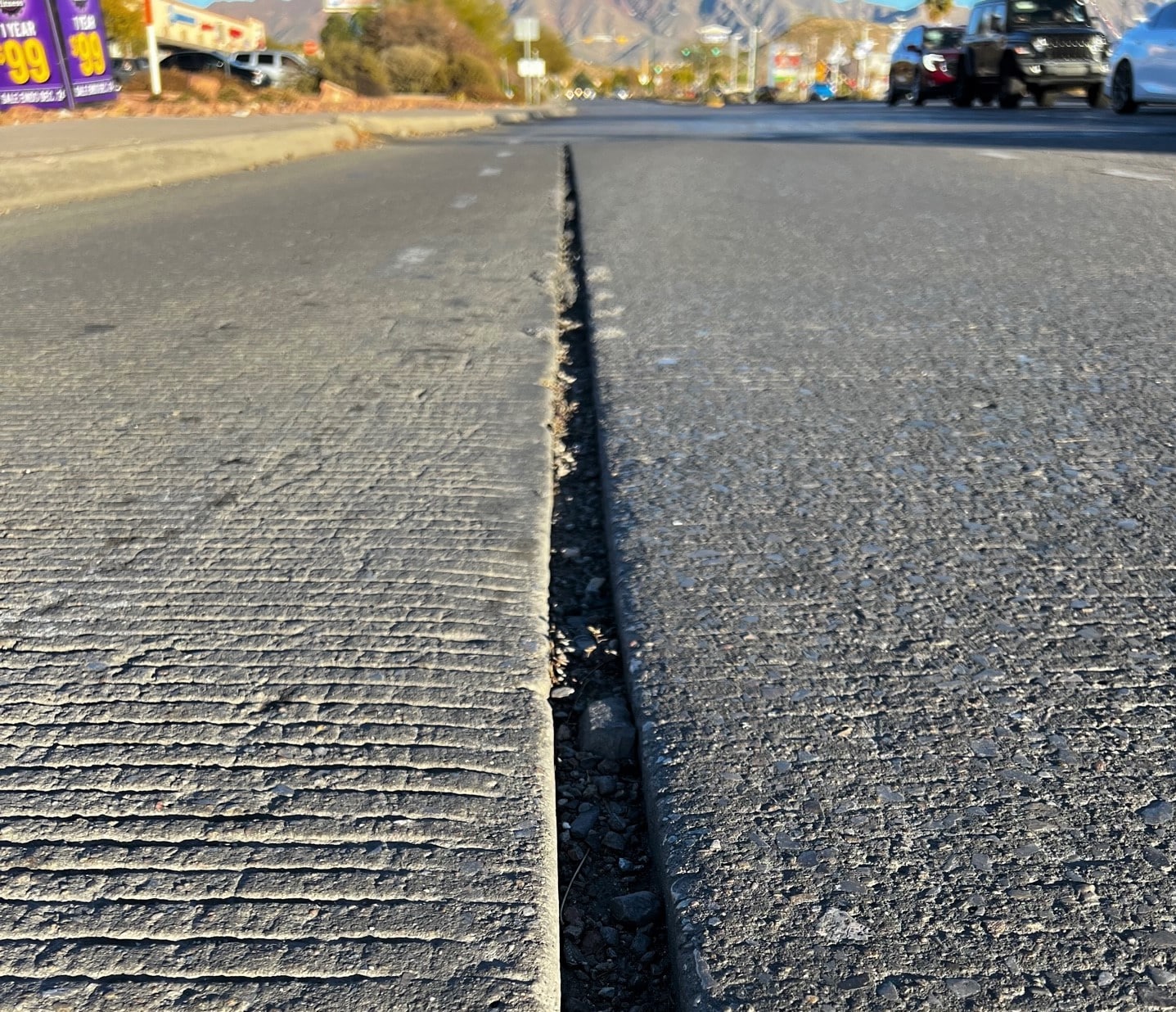Yes, often your car insurance will cover a .
Before heading out for a ride most of us intuitively check our air, brakes, chains and cranks and do a once over of our bikes. We confirm our helmets are secure, our cell phones and Garmins are charged, and that we have lights if we think we’ll need them. If we are going any significant distance, we ensure our saddlebags have tools, spare tubes, CO2 cartridges and that our jersey pockets have got what we need to stay shielded from the elements and sufficiently fueled to go the distance.
How many of those among us, though, run through this checklist before heading off on our bikes?
- Life Insurance
- Health Insurance
- Automobile Insurance
- Disability Insurance
- Homeowners Insurance
Likewise, how many of those among us know our state minimum automobile insurance coverage statutes or how our own automobile insurance may apply in the event of a bicycle crash? What about our knowledge of our health insurance plans, the scope of that coverage and how much in co-pays and deductibles we must pay before our insurer is obligated to start making payments?
Let’s be honest. We’d prefer to read race results and track KOMs on Strava than study the amendments and endorsements to our insurance policies. At the beginning of each riding season, we’d rather think about the color and texture of our new handlebar tape than about the size and scope of our uninsured and underinsured coverage. And, when there is money to spare, we’d rather spend it on new cleats, a new wheelset or on a cool commuter bike than on insurance.
While riding bikes makes us all feel like five-year-olds on our big wheels, thinking about insurance reminds us of our own mortality. As a result, many of us simply ignore it until it is too late.
The reality is that when we get injured in an automobile v. bicycle crash and suffer physical and other damages, insurance matters.
A Current Example: The Kalamazoo Tragedy
Let’s take this month’s horrific and unimaginable bike crash tragedy in Michigan as a current example of why we as bicyclists need to start caring more about insurance. While I cannot purport to even come close to understanding the losses and damages of the families of the five bicyclists who were killed in the crash and the four bicyclists who were injured in the crash, when I think about insurance and remedies for these people and families, I cannot help but think about the possibility that their extensive losses and damages might not be covered by Mr. Pickett (the driver accused of negligently and recklessly causing the crash) and his insurer(s), if any.
If Mr. Pickett and his insurers cannot cover these losses and damages, the losses and damages suffered by each of the nine bicyclists and/or his or her family will either covered by the bicyclist’s own available insurance or will become the liabilities of the injured bicyclist or his/her estate. If these bicyclists are like many of their counterparts on the roadway, there will simply not be enough insurance coverage. And, while no amount of insurance coverage that these bicyclists could have carried would ever be sufficient to make any of these people or their families whole, having insurance funds available to pay medical bills, cover lost wages and address the other needs of the people and families that survived this horrific event sure wouldn’t hurt.
Hipsters and Doctors Are Not Immune
It isn’t just extreme catastrophes like the situation in Kalamazoo that should give us pause and prompt us to think about insurance. Over the years, my colleagues and I at Kelly, Remmel, and Zimmerman and the bike crash lawyers within the Bike Law Network have represented thousands of people in cases where the scope and extent of their own insurance coverage (or lack thereof) have made a huge difference to them and their families.
A few cases where there was not enough coverage haunt me and, in fact, have caused me to re-examine my own coverage for the benefit of myself, my husband and my children. Among them is the case I had several years ago involving “James” a smart, young, urban hipster who loved riding his bike and elected to live a car-free lifestyle. James chose an occupation he loved and that afforded him many hours a week on his bike on his days off. Although health care coverage was an option for him at work, it came with a hefty price tag, so he took a pass. When it came to car and other insurance, James also declined coverage. James was a licensed driver in good status, but he and his wife went everywhere by foot, bike and public transportation and, as such, they did not think there was any need for such coverage.
Life was great, and all was well until it wasn’t.
One day, while James was on one of his long rides, he was hit from behind by a motor vehicle traveling at a high speed after he lawfully took control of the travel lane to make a left-hand turn. Among other things, he suffered a serious brain injury, permanent impairment, and significant medical bills. The driver that hit him, however, only carried Maine’s $50,000 minimum limits in automobile liability insurance and had no assets or steady employment from which any judgment against him, if obtained, could be satisfied. Likewise, because James and his wife carried no health, disability, automobile or other insurance, they were left with no place to turn to fill the gap between the driver’s insurance and their needs.
Although insufficient insurance coverage greatly impacts the twenty-something-year-olds who are injured early in their lives as they are attempting to build their homes, careers, and communities, it is not just a problem impacting car-fee millennials. Often, well-paid professionals who have sufficient capacity to purchase adequate insurance find themselves in the same type of dilemma as James and his wife. Surprisingly, many professionals carry only the minimum automobile insurance limits (or something close to them) and find themselves and their families struggling just like James to make ends meet after they are seriously injured in bike crashes.
While many of these smart and well-educated professionals believed that their health and disability insurance would cover them if anything ever went wrong, and if anyone else responsible for their losses couldn’t pay, what they didn’t realize or understand until it was too late were the limitations of their coverage.
While health and disability insurance are important, they are often not enough to comprehensively and fully address all of a person’s or a family’s post-crash losses—which often include lost wages, lost opportunities, permanent impairment, emotional distress, years of pain and suffering, a loss of consortium and other damages. This is why bicyclists may want to think more carefully about their insurance coverage, including their automobile insurance coverage.
Yes, Your Automobile Insurance Policy May Cover Your Bike Crash
When it comes to automobile insurance, it is important for all riders to know and understand that it is not just the driver’s automobile insurance coverage that matters, but our own. When I tell people this, the most common response is for people to think they misheard me. Then, when I tell them that I did indeed state that their automobile insurance may apply to their bike crash, they often ask something like: “Why on earth would my own automobile insurance company ever pay for my injuries from bicycle crash caused by someone else?”
The answer is actually quite simple and logical. When we buy automobile insurance, we are often purchasing insurance protection not only for the harm we may cause to other people with our automobiles but also for automobile-related harms that we may suffer. Our automobile insurance policies not only have liability provisions and property damage provisions that cover us in the event that caused harm to someone else or their vehicle and/or in the event our vehicle is damaged, but they also often contain provisions addressing uninsured/underinsured coverage (“UM coverage”) and medical payment insurance (“medpay coverage”). These provisions become important to us as bicyclists in the event of a crash.
Let me explain.
UM Coverage: What It Is and How It Can Protect Against More than Just “Hit and Runs”
UM Coverage is exactly what its name purports it to be. It is automobile insurance coverage that generally kicks in and covers an insured person when the motorist primarily responsible for a crash: (1) cannot be identified; (2) has been identified, but unlawfully does not carry any insurance (i.e. is uninsured); or (3) has been identified, has tendered his/her insurance policy limits, but does not carry enough insurance to fully compensate you and your family members for your losses and damages (i.e. is underinsured).
While many people rightfully associate UM Coverage with “hit and run” automobile v. automobile crashes, it is also important to know that UM Coverage also can apply when the “hit and run” involves injury to a bicyclist.
UM Coverage may also be available to an injured bicyclist in “no contact” situations (i.e. situations where an unidentified negligent driver leaves the scene of a crash after negligently causing a bicyclist to crash but without ever making contact with the bicyclist or the bicycle). For example, if a motorist acts negligently by violating the minimum three-foot passing law and causes a bicyclist to swerve and crash, and if that motorist intentionally or unintentionally leaves the scene of the crash, the bicyclist should be able to successfully make a UM claim under his or her own automobile policy for the amount of his or her damages up to the amount of the purchased UM Coverage.
Further, UM Coverage commonly extends to bicyclists in cases where a number of the damages suffered by the injured bicyclist exceeds the amount of the motorist’s insurance coverage. For example, had the Kalamazoo tragedy occurred in Maine, and had Mr. Pickett only carried the minimum amount of insurance required by Maine law (up to $50,000 per person and up to $100,000 total per crash), the bicyclists’ own UM coverages would all come into play. If each of the nine bicyclists received $11,111.11 under the driver’s policy and if one of the surviving nine bicyclists carried a UIM policy in the same amount of the driver, the most in UIM coverage that the bicyclist would likely be entitled to would be $38,888.89 (the difference between the $50,000 she purchased in coverage and the $11,111.11 he already received from the driver). In contrast, if one of the other surviving bicyclists purchased and carried $500,000 in UIM Coverage, that bicyclist would likely be entitled to receive up to $488,888.89 for damages arising out of the very same crash.
In Maine, what a bicyclist may be entitled to in the way of UM Coverage can often be very complicated and requires interpretation of a combination of your insurance contract, the UM statute, and case law. Further, there are requirements that must be satisfied before you can reach your UM coverage. As such, working with an attorney who not only understands bicycle and personal injury law, but insurance law is key.
Medpay Coverage: What It Is and Why It Matters Even If You Are Already Have Health Insurance
Medpay insurance is one of the other types of insurance found under our automobile insurance policies that should matter to us. When we buy medpay insurance we are usually buying protection for medical expenses incurred by us and others in the event of an automobile-related crash. In Maine, the medical insurance payment coverage minimum limit is $2,000 and our medical payment insurance generally covers us and others in our car if we or our car’s occupants are injured and incur medical bills. Most people don’t realize, however, that our medical payment automobile insurance also often applies in the event of a bicycle crash caused by an automobile.
Knowing how and when your automobile medical payment insurance applies in the event of a bicycle crash becomes important for a number of reasons. First, your medical payment coverage often applies and offers you money for medical expenses incurred by you regardless of whether you or the driver involved in a crash is to blame. Second, even if it is clear that the driver is completely at fault for the crash, it may take years for you to settle your case with the driver and/or to get a judgment against the driver and, in the meantime, your medical bills need to be paid. Third, even if you carry health insurance and your health insurer is covering many of your medical bills, often there are co-pays, deductibles, and other health care expenses that are uncovered by health insurance. As such, many bicyclists involved in crashes can benefit from having extensive automobile medical payment insurance coverage.
Of course, as was the case with UM Coverage, accessing, addressing and understanding med pay coverage in a bicycle crash case and related subrogation issues later on in the case often require interpretation of a combination of your insurance contract, the applicable medical payment and subrogation laws and case law. Again, having an attorney who fully understands all of these issues is important.
Check Your Insurance Options
So, the big take away—don’t wait until disaster strikes to do your insurance tune up. Just as you wouldn’t ride with worn-out brakes or thin tires, don’t ride without sufficient UM and medical payment coverage. Make sure you and your families have the necessary coverage in the event that anything happens to you. Then, after you take care of all of this paperwork, go back to riding safely and joyfully on the road with the energetic passion of a five-year-old on a big wheel and the wisdom of your collective years, knowledge and experiences.
Author’s notes:
I am a bicycle and pedestrian lawyer and not an insurance broker or agent. For information about the best insurance coverage for your individual needs, you should talk to a qualified insurance representative.
Although the story about “James” is real, “James” is a fictitious name and the facts of his case have been left sufficiently vague so as to protect the privacy of “James” and his wife.

Lauri Boxer-Macomber has been an avid rider for decades. Lauri’s Maine law practice is focused on advocating for the rights of bicyclists, pedestrians, and other vulnerable road users.
Lauri’s riding experience and legal training are complemented by her advocacy work. She is an active Board Member of the Bicycle Coalition of Maine, a Governor of the Maine Trial Lawyers Association, and a Member of the American League of Bicyclists. She also chairs the Bicycle Coalition of Maine’s Policy and Legislation Committee and is one of the founding members and facilitators of the Bicycle Coalition of Maine’s Law Enforcement Collaborative, a group of law enforcement officers, planners, bicycle advocates, and others who meet regularly with the goal of improving safety on Maine’s roadways.

